NLR diversity, helpers and integrated domains: making sense of the NLR IDentity
Datos y Recursos
-
Open Access PDFPDF
Current Opinion in Plant Biology
-
Publisher TDM LinkAPI
Current Opinion in Plant Biology
-
Publisher TDM LinkAPI
Current Opinion in Plant Biology
Información Adicional
| Campo | Valor |
|---|---|
| Fuente | |
| Versión | |
| Authors |
|
| Mantenedor | |
| Email del Mantenedor | |
| Article Host Type | publisher |
| Article Is Open Access | true |
| Article License Type | cc-by-nc-nd |
| Article Version Type | publishedVersion |
| Citation Report | https://scite.ai/reports/10.1016/j.pbi.2017.04.012 |
| DOI | 10.1016/j.pbi.2017.04.012 |
| Date Last Updated | 2019-08-01T10:30:14.646467 |
| Evidence | open (via crossref license) |
| Funder code(s) | BBSRC Institute Strategic Programme Grant (BB/J004669/1); BBSRC Norwich Research Park Bioscience Doctoral Training Grant (BB/M011216/1) |
| Journal Is Open Access | false |
| Open Access Status | hybrid |
| PDF URL | |
| Publisher URL | https://doi.org/10.1016/j.pbi.2017.04.012 |
